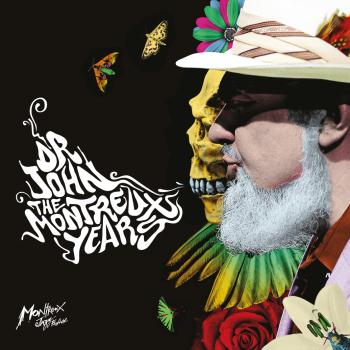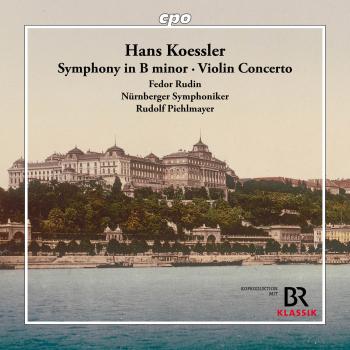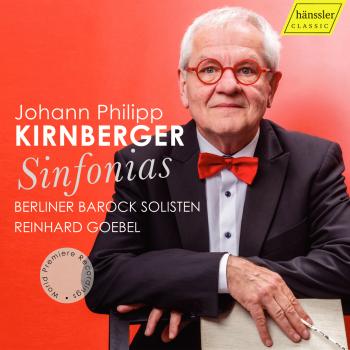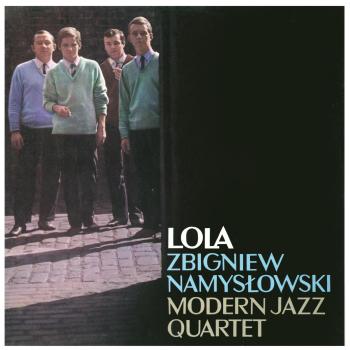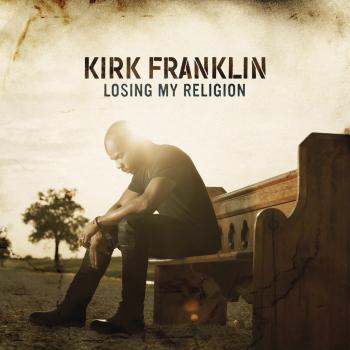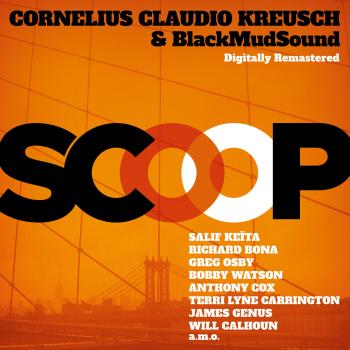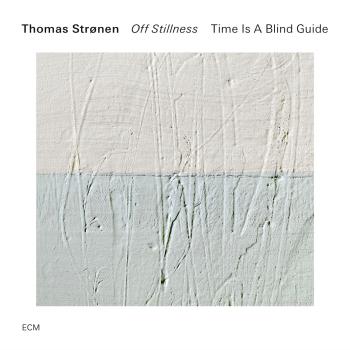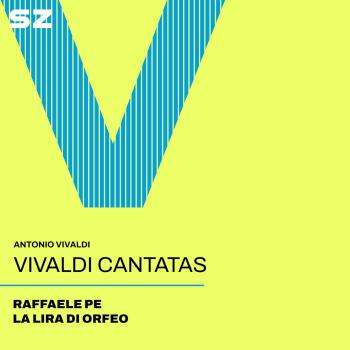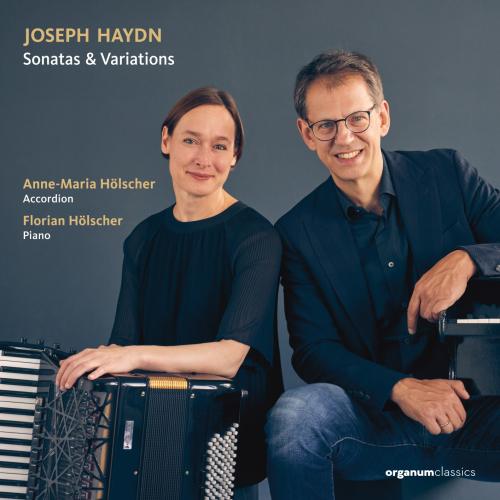
Franz Joseph Haydn: Sonatas & Variations Anne-Maria Hölscher & Florian Hölscher
Album info
Album-Release:
2025
HRA-Release:
05.08.2025
Label: Organum Classics
Genre: Classical
Subgenre: Instrumental
Artist: Anne-Maria Hölscher & Florian Hölscher
Composer: Franz Joseph Haydn (1732-1809)
Album including Album cover Booklet (PDF)
- Franz Joseph Haydn (1732 - 1809): Sonata in E-Flat Major (Es-Dur), Hob. XVI:52:
- 1 Haydn: Sonata in E-Flat Major (Es-Dur), Hob. XVI:52: I. Allegro 09:41
- 2 Haydn: Sonata in E-Flat Major (Es-Dur), Hob. XVI:52: II. Adagio 06:12
- 3 Haydn: Sonata in E-Flat Major (Es-Dur), Hob. XVI:52: III. Finale [Presto] 06:55
- Andante con variazioni in F Minor (F-Moll), Hob. XVII:
- 4 Haydn: Andante con variazioni in F Minor (F-Moll), Hob. XVII:6 17:30
- Sonata in C Major (C-Dur), Hob. XVI:48:
- 5 Haydn: Sonata in C Major (C-Dur), Hob. XVI:48: I. Andante con espressione 06:49
- 6 Haydn: Sonata in C Major (C-Dur), Hob. XVI:48: II. Rondo (Presto) 04:12
- Sonata in E-Flat Major (Es-Dur), Hob. XVI:49:
- 7 Haydn: Sonata in E-Flat Major (Es-Dur), Hob. XVI:49: I. Allegro 07:06
- 8 Haydn: Sonata in E-Flat Major (Es-Dur), Hob. XVI:49: II. Adagio e cantabile 06:39
- 9 Haydn: Sonata in E-Flat Major (Es-Dur), Hob. XVI:49: III. Finale (Tempo di Minuet) 04:14
- Sonata in B-Flat Major (B-Dur), Hob. XVI:41:
- 10 Haydn: Sonata in B-Flat Major (B-Dur), Hob. XVI:41: I. Allegro 09:07
- 11 Haydn: Sonata in B-Flat Major (B-Dur), Hob. XVI:41: II. Allegro di molto 02:23
- Sonata in A-Flat Major (As-Dur), Hob. XVI:46:
- 12 Haydn: Sonata in A-Flat Major (As-Dur), Hob. XVI:46: I. Allegro 08:43
- 13 Haydn: Sonata in A-Flat Major (As-Dur), Hob. XVI:46: II. Adagio 08:02
- 14 Haydn: Sonata in A-Flat Major (As-Dur), Hob. XVI:46: III. Finale (Presto) 03:04
- Sonata in B Minor (H-Moll), Hob. XVI:32:
- 15 Haydn: Sonata in B Minor (H-Moll), Hob. XVI:32: I. Allegro moderato 06:54
- 16 Haydn: Sonata in B Minor (H-Moll), Hob. XVI:32: II. Menuet 03:25
- 17 Haydn: Sonata in B Minor (H-Moll), Hob. XVI:32: III. Finale (Presto) 03:43
- Sonata in G Major (G-Dur), Hob. XVI:40:
- 18 Haydn: Sonata in G Major (G-Dur), Hob. XVI:40: I. Allegretto e innocente 07:04
- 19 Haydn: Sonata in G Major (G-Dur), Hob. XVI:40: II. Presto 03:00
- Sonata in C Major (C-Dur), Hob. XVI:50:
- 20 Haydn: Sonata in C Major (C-Dur), Hob. XVI:50: I. Allegro 07:19
- 21 Haydn: Sonata in C Major (C-Dur), Hob. XVI:50: II. Adagio 04:59
- 22 Haydn: Sonata in C Major (C-Dur), Hob. XVI:50: III. Allegro Molto 02:15
- Sonata in D Major (D-Dur), Hob. XVI:42:
- 23 Haydn: Sonata in D Major (D-Dur), Hob. XVI:42: I. Andante con espressione 08:08
- 24 Haydn: Sonata in D Major (D-Dur), Hob. XVI:42: II. Vivace assai 01:36
Info for Franz Joseph Haydn: Sonatas & Variations
On the musical rhetoric of Joseph Haydn in his sonatas and variations: Joseph Haydn’s sonatas and variations for keyboard instruments were long overshadowed by Mozart’s piano compositions. While they are now performed more frequently in concerts, the overwhelming richness of these compositions is still not nearly adequately appreciated by audiences. There are so many aspects to discover, such as cantabile qualities and a broad linguistic palette with rich articulation. Dynamic and agogic agility, wit and intellectual brilliance characterise Haydn’s music, thereby contributing to an extraordinarily incisive narrative style with oftentimes dizzying dialogues. Overarching cheerfulness may alternate abruptly with melancholic, enthusiastic or even stately, symphonic passages: It is almost as though the entire range of human emotions, all variations of behaviour and conduct, all facets of lyrical and dramatic expression are represented in this music, uniting in an inimitable way to formulate a universal musical rhetoric for the late 18th century.
The notion of an up-to-date and appropriately historical interpretation of Haydn’s music has changed in recent decades. One key reason for this is the rediscovery of ornamentation practices, in which it was customary to embellish repetitions and recapitulations at the very least. This was to be done in an individual and, ideally, spontaneous manner using ornaments, variations and other personal “mannerisms” to support the musical, affective and linguistic import of the works. This recording seeks to integrate these practices into the interpretations and offers the listener something that refreshes and stimulates both the mind and the ear.
It is not always clear which keyboard instruments Haydn had in mind for his individual works. A great deal of evidence suggests that he was especially fond of the fortepiano, whose dynamic flexibility and tonal transparency – along with its singing quality – suited his musical language well. Particularly regarding the choice of instrument, it may also be assumed that composers in the second half of the 18th century maintained a certain openness: they included the harpsichord and often the clavichord as potential instruments for their keyboard works.
When composing his keyboard works, Haydn could not have imagined a modern grand piano or an accordion. Can an approach grounded in the principles of historically informed performance practised on instruments that were first developed in the 20th century even succeed? Our interpretation is based on the premise that every representation of Haydn’s musical language requires an instrumental “transference” ‒ in fact, such a transference was already indispensable at the time of its creation. The message and “spirit” of the music already appeared back then in different instrumental guises. In this recording, we accepted the challenge of making a conscious “transference” to modern instruments, hoping that what we see and feel in Haydn’s music can speak to and move us not just despite but also because of the instruments used. Ultimately, a historically informed interpretative approach stands alongside a deliberately non-historical choice of instruments.
Anne-Maria Hölscher, accordion
Florian Hölscher, piano
Anne-Maria Hölscher
Classical accordionist Anne-Maria Hölscher studied in Weimar, Trossingen and Toronto (Canada) alongside Claudia Buder, Hugo Noth and Joseph Macerollo. She is also a former scholarship holder, awarded by the Studienstiftung des deutschen Volkes (German Academic Scholarship Foundation), the Deutsche Bank Stiftung (Deutsche Bank Foundation) and the DAAD (German Academic Exchange Service). Furthermore, Ms Hölscher has won prizes at several music competitions. Her wide-range solo repertoire spans the last five centuries. Anne-Maria Hölscher regularly performs with orchestras, chamber music ensembles and acclaimed groups for contemporary music: Collegium Novum Zurich, Ensemble Ascolta, Klangforum Heidelberg to name but a few. She regularly gives recitals as a soloist and chamber musician at international music festivals, including Eclat Festival Stuttgart, the European Music Festival Stuttgart, the International Summer Course Darmstadt, Lucerne Festival, Schwetzingen Festival, Days for New Music Weingarten, Transit Leuven, Ultraschall Berlin and Witten Days for New Chamber Music.
Collaborations with composers such as Marc Andre, Nikolaus Brass, Klaus Huber, Márton Illés, Johannes Kalitzke, Fabien Lévy, Oliver Schneller and many others have culminated in world premieres of works featuring accordion solos and ensemble music that includes accordion scoring. Anne-Maria Hölscher has held a professorship for accordion and chamber music at the Lucerne School of Music since 2010; she enthusiastically shares her instrument’s expressive diversity with young accordionists. Hölscher leads the Annual Accordion Conference in Lucerne to promote further training and collaboration between teachers. Alongside Hugo Noth – a pioneer of the instrument – Hölscher curates the ‘Colours of the Accordion’ YouTube channel, which showcases how the accordion has developed in terms of playing technique and tonal variety over the last few decades. Nestled within this channel, Anne-Maria Hölscher and a group of like-minded people have launched a new project entitled ‘For young and old’, which seeks to create a collection of pedagogically suitable music that aims to inspire both teachers and (very) young players of the accordion. Anne-Maria Hölscher has made recordings for various ARD broadcasters (HR ‒ Hessian Radio, SWR ‒ Southwest German Radio, WDR ‒ West German Radio, etc.) and a series of CD productions as a soloist and chamber musician. She has released an album with French Suites by Johann Sebastian Bach on the Organum Classics label (OGM 281096).
Florian Hölscher
studied with Robert Levin, Michel Béroff, and Pierre-Laurent Aimard in Freiburg, Paris, and Cologne. He also received significant inspiration from the conductor Peter Eötvös. His repertoire includes solo and chamber music works from the 17th to the 21st century. He is particularly passionate about premieres of new works. For many years, Florian Hölscher has enjoyed intensive collaborations with contemporary composers, particularly Marco Stroppa, Alberto Posadas, and Jonathan Harvey. Between 2015 and 2018, Alberto Posadas wrote the 80-minute solo cycle "Erinnerungsspuren" (Traces of Memory) for him, which was performed at the WDR Cologne, the Luxembourg Philharmonic, and the "Wien Modern" festival at the Konzerthaus, among others.
As a soloist, he has worked with conductors such as Peter Eötvös, Christopher Hogwood, David Zinman, Francois-Xavier Roth, Kent Nagano, Sylvain Cambreling, and Johannes Kalitzke. The pianist is a founding member of the Stuttgart-based ensemble Ascolta, with which he regularly performs at many major contemporary music festivals and has built a repertoire of over 300 ensemble works.
Since 2018, Florian Hölscher has held a piano professorship at the University of Music and Performing Arts in Frankfurt am Main.
Booklet for Franz Joseph Haydn: Sonatas & Variations

